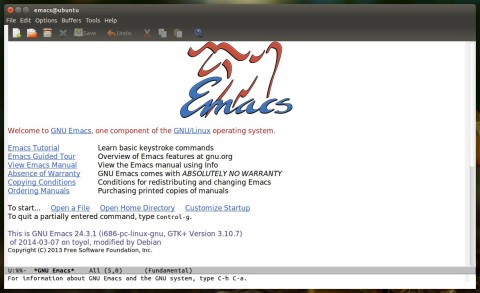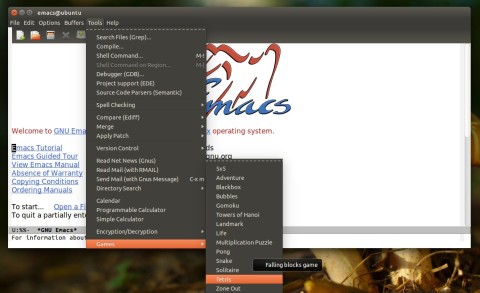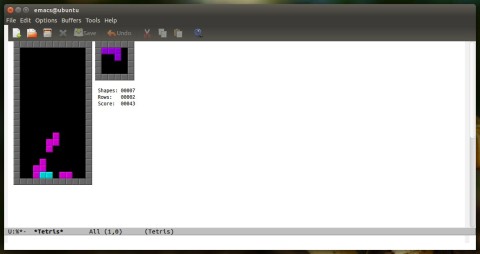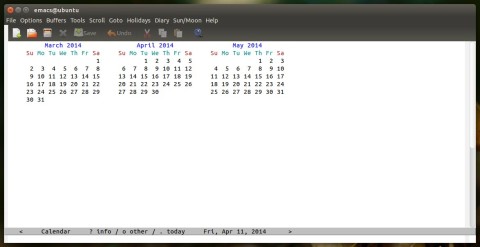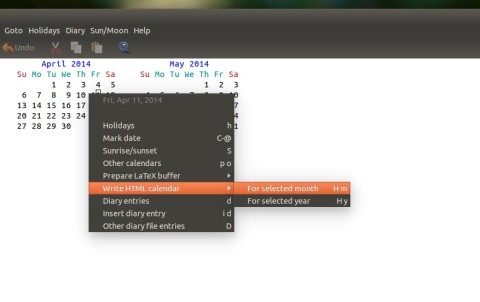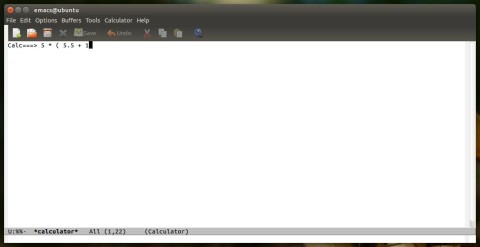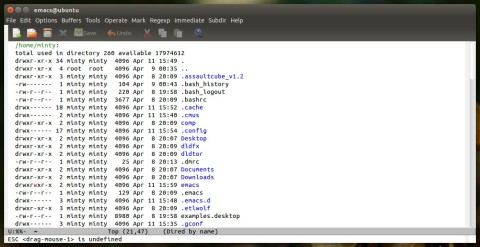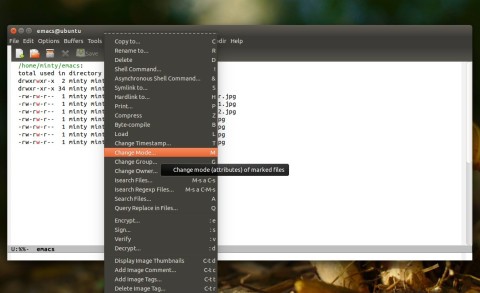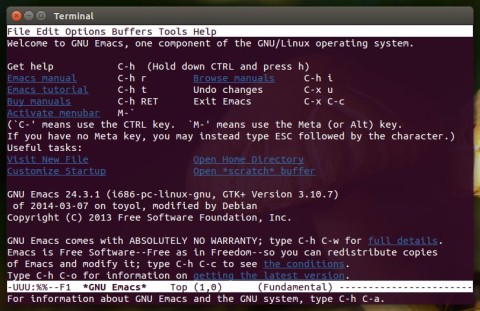Besides from being a powerful development environment, Emacs is cataloged by some as an entire operating system, since it provides many more features. Let’s have a look at some of the features that come with Emacs, which are pretty much programs in their own right, although included in Emacs.
Emacs is a very powerful integrated development environment – but not only:
Games
Emacs comes with several games available in the Tools->Games menu. Here you can find a great clone of Tetris, or a Solitaire game, Gomoku or even Snake.
Emacs comes with a quite decent list of games to take a short break from programming:
Playing Tetris from within Emacs:
Calendar
Except for showing the current date in a format similar to the output of the usual cal command, you can also use Calendar to see upcoming holidays, or make diary entries.
Email Reader
The embedded email reader from Emacs uses a text interface to read your mail. You can manage received mails and send emails, or use labels.
Simple Calculator
Available in the Tools menu, the simple calculator provides floating-point precision and allows to group expressions in parenthesis.
File Browser
Also known as dired and accessible via the M-x dired command, the file manager is yet another useful component of Emacs. You can quickly visualize and explore the filesystem directly from Emacs. You can’t use your mouse just in a regular file manager, but the entries in the menus allow you to do pretty much all the basic functions: create directories, edit files, change file permissions, touch files, create symlinks and hardlinks.
Operations like mode changes are available:
In addition, if you prefer to do your editing on the terminal and use Emacs instead of Vim or Nano, you can run it as emacs –no-window. You will need to be familiar with the basic commands to move throughout a document, or to save a new file (^w – which means press Ctrl+W), create a new file (^x f – press Ctrl+X followed by F) or quit Emacs (^x ^c – press Ctrl+X followed by Ctrl+C).
Running Emacs in a terminal:
What about you? What uses does Emacs have that others may find useful? Please share them below.
You are forgotten of EmacsDoctor:
M-x doctor
The doctor is a psychoanalyst who will help you with your problems.




